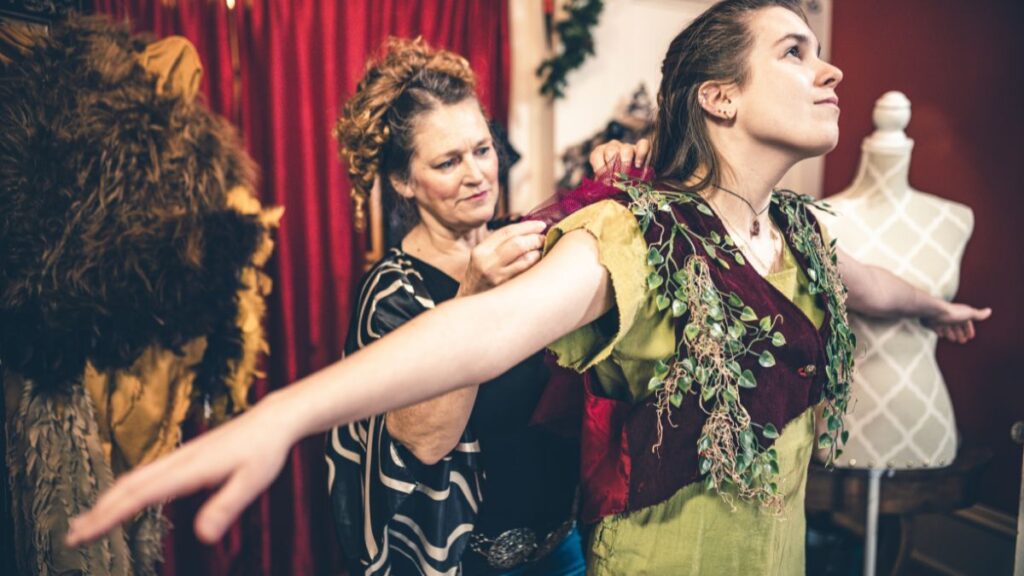In the luminous glow of the 1950s, an extraordinary cultural phenomenon took shape, transforming the silver screen into a kaleidoscope of teenage dreams and rebellions. This was the birth of teen culture in cinema, a dazzling epoch where the flickering images of youthful exuberance and angst became a mirror to an entire generation. The 1950s cinema did not just capture an age; it defined an ethos, crafting a narrative so compelling, so intimately resonant with its audience, that it would forever alter the fabric of popular culture.
At the heart of this cinematic revolution were films that spoke directly to the soul of the post-war teenager. They were the children of a world remade, growing up in the shadow of monumental global change, seeking identity in a landscape that was at once familiar and utterly transformed. Into this void stepped icons like James Dean and Marlon Brando, embodiments of the restless spirit of youth. In movies like “Rebel Without a Cause” and “The Wild One,” they gave voice to the unspoken desires and frustrations of a generation, articulating a sense of defiance and longing that resonated deeply with their audience.
The 1950s cinema was a canvas upon which the vivid colors of teen culture were painted with bold, unabashed strokes. These films captured the essence of teenage life – the passion, the turmoil, the inexorable quest for self-discovery. They explored themes of rebellion, love, and the eternal struggle for independence, set against a backdrop of rock ‘n’ roll and the nascent stirrings of the Civil Rights movement. The music, in particular, was a revelation, a thunderous heartbeat that infused these films with a sense of urgency and vitality. It was the rhythm of change, of progress, of a new world being born.
In these cinematic tales, the American high school became a microcosm of the wider societal shifts. The corridors echoed with the sound of change as narratives explored the dynamics of peer pressure, social conformity, and the perennial struggle between the individual and society. These were not just stories; they were reflections of a reality being lived out in high schools across the nation. The films became a conduit through which teens could navigate their own experiences, finding solace, inspiration, and, perhaps most importantly, a sense of community.
The impact of these films extended far beyond the confines of the movie theater. They sparked a cultural revolution, fueling the emergence of a distinct teen fashion, language, and lifestyle. Teenagers saw themselves not just as a transient phase to be outgrown, but as a distinct, vibrant community with its own values, dreams, and aspirations. This was a time when the concept of the teenager emerged as a cultural identity in its own right, complete with its own rites of passage, symbols, and heroes.
The 1950s cinema was, in many ways, a mirror that reflected the hopes and fears of a generation coming of age in a world on the brink of profound change. It was a space where the complexities of adolescence were explored with empathy and understanding, where the voices of the young were not just heard but amplified. The birth of teen culture in this era was not merely a footnote in cinematic history; it was a resounding declaration of the arrival of a new force in society.
Today, as we look back on this golden era, we are reminded of the enduring power of cinema to capture the zeitgeist of an age. The films of the 1950s continue to resonate, a testament to their timeless appeal and their profound impact on the cultural landscape. In those flickering images, we see the dawn of a new era, a celebration of youth and its infinite possibilities. The birth of teen culture in 1950s cinema was not just a moment in time; it was a breathtaking journey into the heart of what it means to be young.
